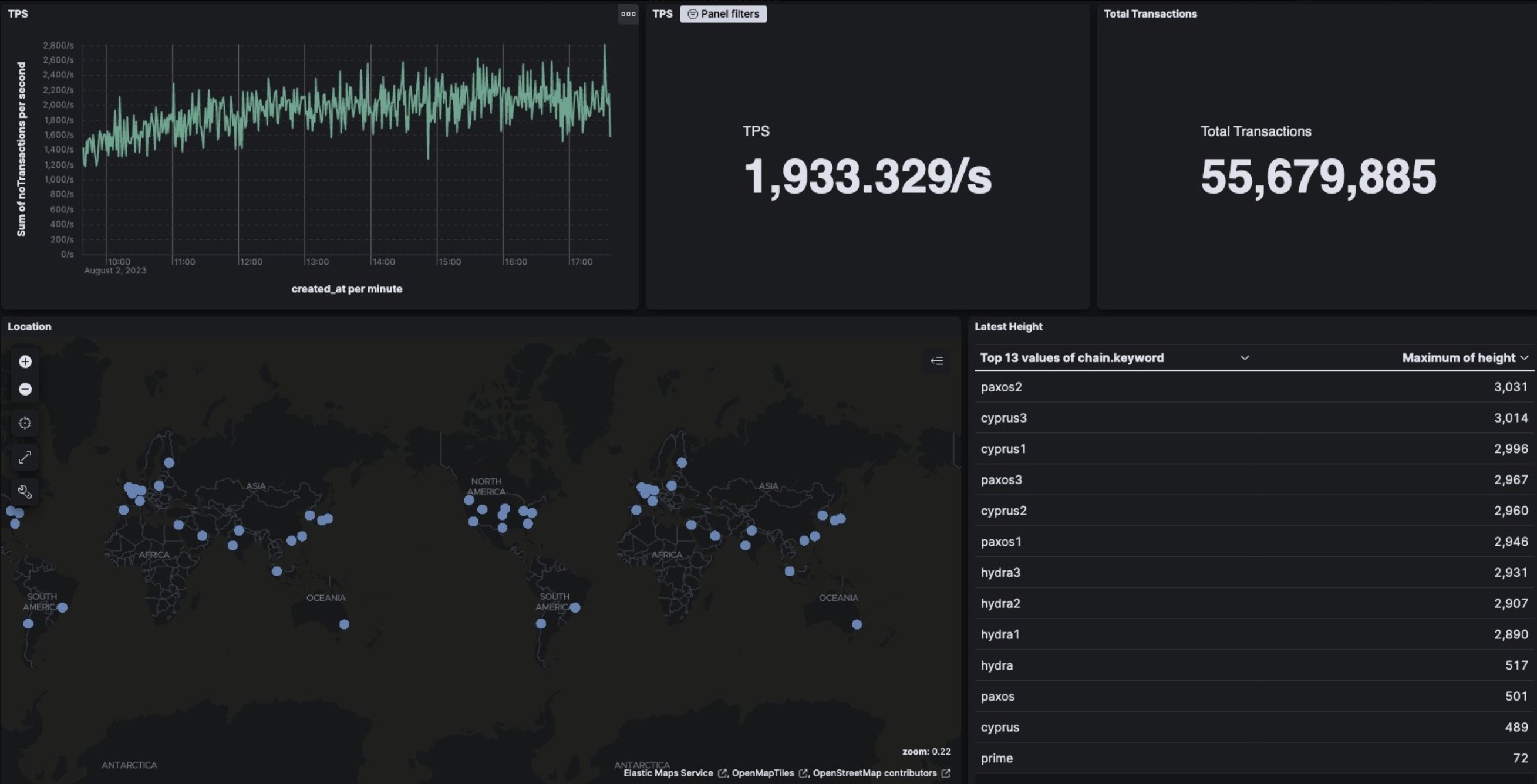
Welcome to the fourteenth edition of “This Week in Quai,” an initiative by the development company of Quai Network, Dominant Strategies. This Week in Quai offers weekly updates to the Quai Community by aggregating popular Quai quotes and social posts from the past week and offering a schedule for upcoming events.
Want to get “This Week in Quai” delivered straight to your inbox? Sign up for the Quai Newsletter by Dominant Strategies.
What is Quai?
Quai Network is a pre-launch cryptocurrency. Quai is the first blockchain protocol that is simultaneously decentralized, censorship resistant, and infinitely scalable. Quai, in contrast to traditional cryptocurrencies, functions as a network of many interoperable blockchains braided together. Due to a breakthrough discovery that occurred during research on Proof-of-Work, Quai Network utilizes a new consensus mechanism, Proof-of-Entropy-Minima (PoEM), which eliminates all consensus-based forks, and enables all Quai nodes to remain in “perpetual consensus.”
Quote of the Week
“Internal devnets continue! Still sustaining 2k TPS globally. Planning to let this one run for 24hrs+
See @goquai for latest modifications to the core client as we ramp up for testnet 🫡“

— Quai co-founder Alan via X (Twitter)
Within this quote, Alan shares more metrics from internal testing of the Quai protocol. Alan shared a screenshot of a testing dashboard, which shows many details of the testing. From top-left to bottom-right, the screenshot shows:
- Total TPS over time
- Average TPS for the duration of the test
- Total transactions processed in the test
- Geographic distribution of mining nodes
- The block height of each unique Quai blockchain
Total TPS over time remains stable, with no instances of throughput stopping or being throttled. Average TPS remains around 2k, with the total number of transactions processed by this specific test reaching 55,679,885 by the time of the screenshot.
The nodes that have been set up for testing are distributed around the world to simulate a real-life testing environment. It is important to measure how the protocol functions in high-latency environments, which is what the geographic distribution of nodes is meant to emulate.
Another interesting aspect of this test is the block heights of each Quai chain. With approximately the same amount of hashpower mining each chain, each Zone chain should be at approximately the same height. Similarly for Region chains, with ~1/3rd of hashpower mining each Region, all three Region chains should end up at around the same height. The relative heights of each type of blockchain also provides insight into the difficulties of each type of chain. For each ~3,000 Zone blocks produced, ~500 Region blocks are produced, and ~70 Prime blocks are produced. Thus, it can be estimated that (within this test) the Region difficulty is ~6 times higher than Zone, and that Prime difficulty is ~6-7 times the difficulty of Region.
Technical Term of the Week
Dynamic sharding (blockchain) – A method of sharding that allows the network to adapt and change the number of shards based on the volume of transactions or other network conditions. This differs from traditional sharding, which utilizes a fixed number of shards.
The concept of dynamic sharding, or having a flexible number of shards within the network, is used in Quai Network to scale infinitely. While a traditional implementation of sharding uses a fixed number of shards to scale, protocols that implement dynamic sharding like Quai Network can algorithmically expand based on network metrics.
Within Quai Network, a “dynamic sharding” event occurs when all Zone chains are experiencing high/maximum load for a sustained period of time. When a dynamic sharding event occurs, a new Region chain is created and tied into the network braid. Additionally, new Zone chains are added to existing Region chain. Thus, if Quai Network begins as a 3×3 structure (3 Regions, 3 Zones in each Region), then after the first dynamic sharding event, the network would be a 4×4 structure (4 Regions, 4 Zones in each Region). This process can be continued indefinitely to accommodate ever-increasing demand.
Dynamic sharding is an important aspect of Quai Network’s scalability. As demand rises, the network can algorithmically add more shards to facilitate greater throughput, without compromising decentralization or security. Learn more about how Quai Network dynamically shards in the Quai docs.
Top Posts of the Week
- A visual explanation of how PoEM differentiates from PoW:
- A discussion on how the risks of centralized stablecoins can be minimized in the DeFi ecosystem:
- Quai core developers shared some logs from an RTX 3080 GPU running the Quai ProgPoW miner:
- A Quai Community Meetup was held in Austin, TX:
- A recording of the Quai Fridays Twitter Space with Solar Dex is available on Twitter:
- Dominant Strategies CEO Alan shared a thread detailing the development of Quai over time:
Upcoming Events
Quai Network Office Hours with Justin: August 15, 2023 @ 9am CST – Join Dominant Strategies team member Justin for a casual discussion/AMA on Quai Network’s technology.
Quai Network Office Hours with Max: August 17, 2023 @ 9am CST – Join Dominant Strategies team member Max for a casual discussion/AMA on Quai Network’s technology.
Quai Fridays Community Call: August 18, 2023 @ 11am CST – Join members of the Dominant Strategies team on Twitter Spaces for a casual weekly discussion on the Quai ecosystem and development!
